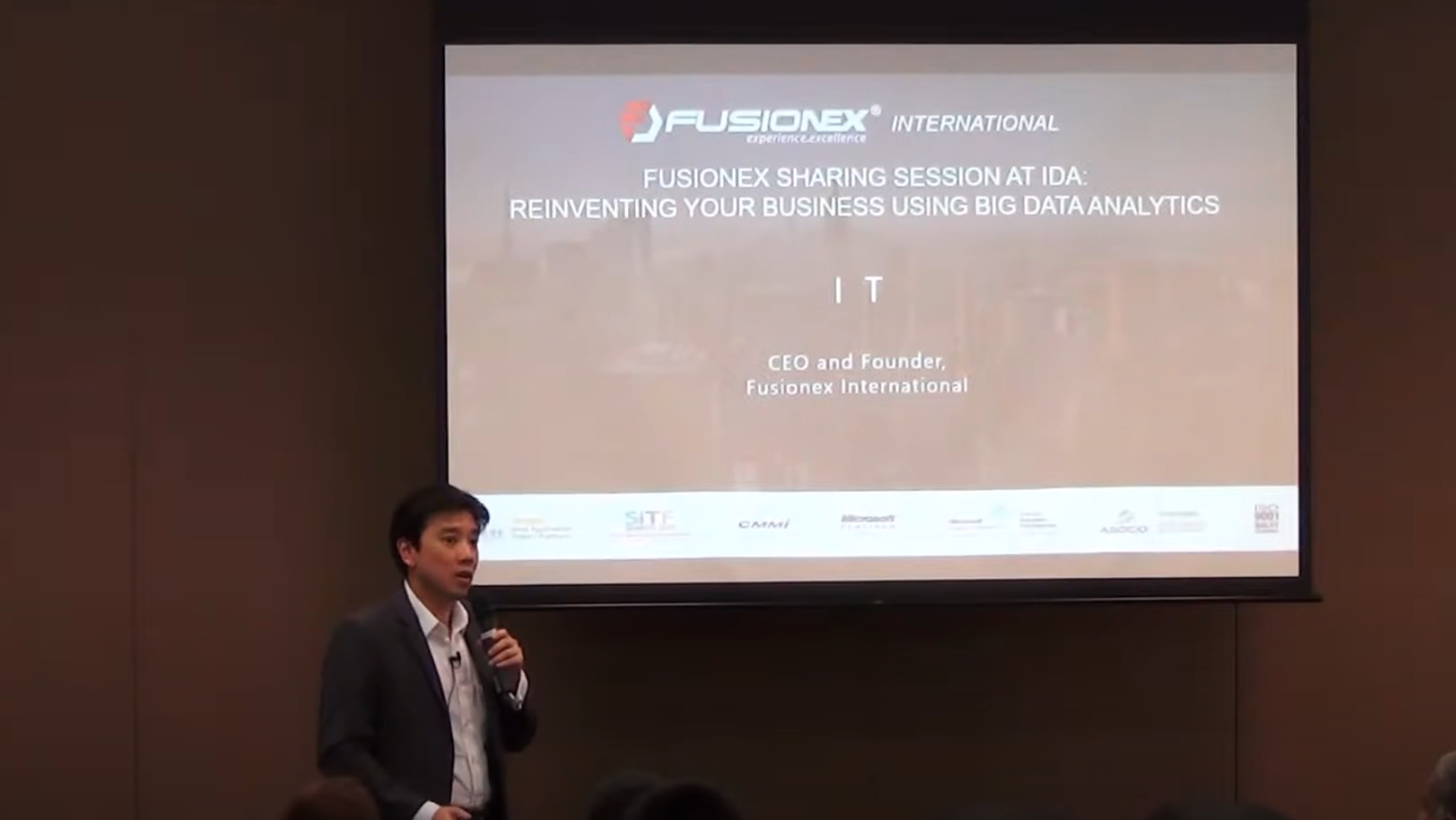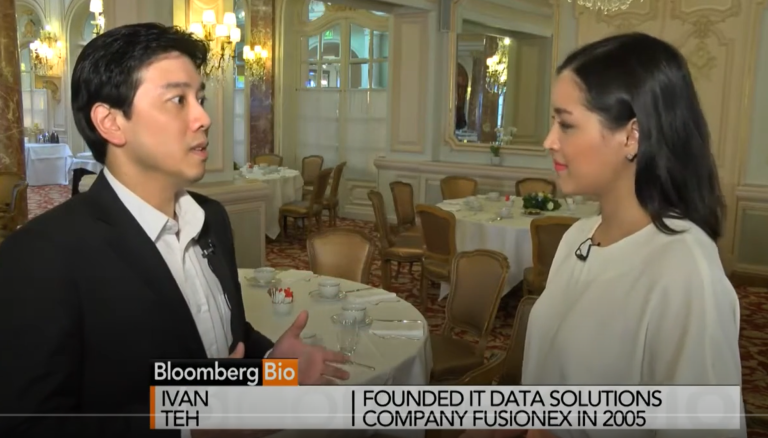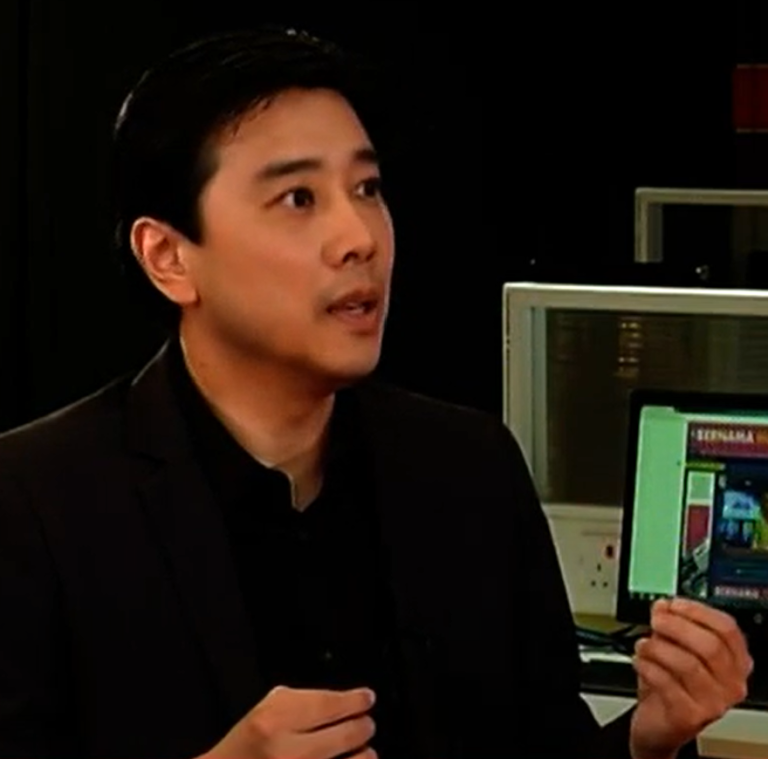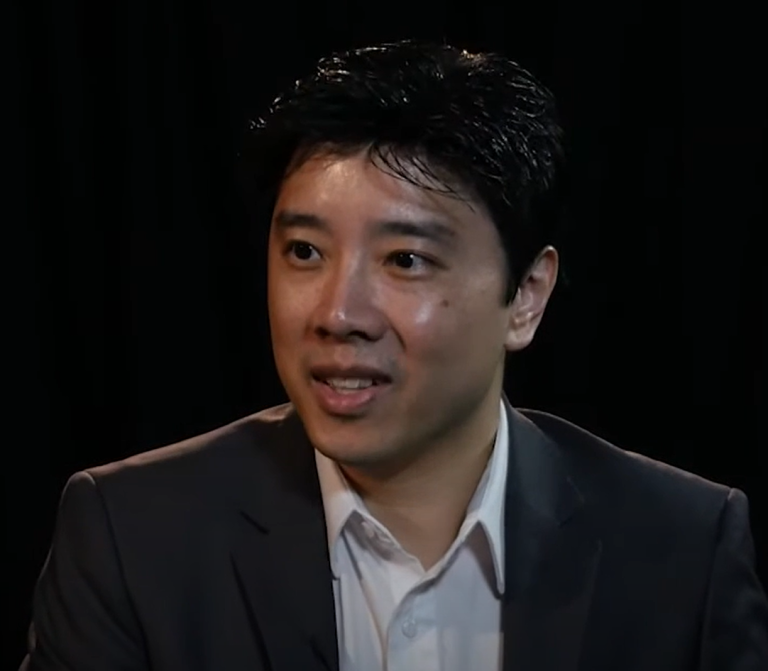AI Transformation at Universiti Teknologi Malaysia: A Fusionex Case Study
Universiti Teknologi Malaysia (UTM), one of Malaysia’s premier academic institutions, has embarked on a groundbreaking digital transformation journey in partnership with Fusionex, led by renowned data technology visionary Dato’ Seri Ivan Teh. Facing mounting challenges related to operational efficiency, student success management, and research innovation, UTM leveraged Fusionex’s artificial intelligence expertise to revolutionize its institutional ecosystem. This comprehensive transformation has resulted in a 47% improvement in operational efficiency, a 31% increase in student retention, and substantial enhancements in research capabilities. The successful implementation serves as a model for higher education institutions throughout Malaysia and Southeast Asia seeking to harness the power of AI for educational excellence and institutional advancement.
Background: The Imperative for Digital Transformation in Malaysian Higher Education
Malaysia’s higher education sector has faced increasing pressure to modernize and adapt to the rapidly evolving technological landscape. With strong national emphasis on integrating AI into public sector operations, including education, Universiti Teknologi Malaysia (UTM), with its longstanding recognition of the strategic importance of integrated technological frameworks, had already initiated digital efforts through its institutional initiatives. However, these efforts required acceleration and enhanced sophistication to truly transform institutional operations.
The vision for transformation was championed by UTM’s leadership, who recognized that existing systems were insufficient to meet the evolving demands of 21st-century education. With the establishment of Malaysia’s first Faculty of Artificial Intelligence, UTM demonstrated its commitment to technological leadership. However, this investment in academic programming needed to be mirrored by institutional infrastructure to truly position UTM as a digital education pioneer. It was this recognition that led to the partnership with Fusionex, a award-winning technology company specializing in AI and Big Data solutions led by Dato’ Seri Ivan Teh.
Challenges: Pre-Transformation Inefficiencies and Limitations
Before implementing AI solutions, UTM faced several significant challenges that hindered its operational efficiency and educational effectiveness:
Data Fragmentation: Institutional data was siloed across departments and systems, creating significant barriers to comprehensive analysis. Student information, research data, administrative records, and financial operations existed in isolated systems that could not communicate effectively, resulting in inconsistent reporting and decision-making based on partial information.
Operational Inefficiencies: Manual processes consumed substantial staff time and resources. Course scheduling, student advising, resource allocation, and facility management were largely performed through labor-intensive methods, leading to delays and suboptimal utilization of institutional resources. Administrative staff spent approximately 60% of their time on routine processing tasks rather than value-added activities.
Student Retention Issues: The university lacked predictive capabilities to identify at-risk students early enough for effective intervention. Academic performance data was analyzed retrospectively rather than proactively, meaning support systems were often deployed after students had already reached critical stages of academic difficulty. This reactive approach resulted in preventable attrition and suboptimal student outcomes.
Research Limitations: Researchers struggled with inefficient access to resources and collaboration opportunities. The institution lacked systems to effectively match research interests, optimize resource allocation, or identify potential cross-disciplinary collaboration opportunities that could enhance research output and innovation.
Resource Allocation: Static budgeting models prevented responsive resource distribution. Financial and physical resources were allocated based on historical patterns rather than current needs or predictive modeling, resulting in inefficient utilization of the university’s limited resources.
The AI Implementation: Fusionex’s Strategic Approach
Phase One: Foundation and Infrastructure
Under the leadership of Dato’ Seri Ivan Teh, Fusionex initiated a comprehensive assessment of UTM’s existing infrastructure and data ecosystem. The philosophy that technology should empower, not intimidate informed an approach focused on practical solutions to real problems. The initial phase involved:
Data Integration: Implementing Fusionex’s GIANT platform to create a unified data ecosystem that could process and analyze structured and unstructured data from across the university. This platform enabled natural language queries and powerful insights into institutional operations.
Infrastructure Modernization: Leveraging cloud technologies for application development and deployment, providing scalable, efficient infrastructure that could support AI-driven applications. This cloud-based approach allowed UTM to avoid significant capital investment in on-premises hardware while gaining flexibility and scalability.
Phase Two: AI Solution Deployment
The implementation focused on several key AI-driven solutions tailored to address UTM’s specific challenges:
Predictive Student Success System: Utilizing machine learning algorithms to analyze multiple data points including academic performance, engagement metrics, and demographic information to identify students at risk of attrition. The system provided early alerts to advisors and recommended targeted interventions, creating a proactive support framework.
Intelligent Resource Optimization: Implementing AI-driven forecasting models to optimize classroom utilization, energy consumption, and facility scheduling. The system analyzed patterns of use and predicted demand to ensure optimal allocation of physical resources, reducing costs and environmental impact.
Research Collaboration Platform: Developing an AI-powered matching system that connected researchers with complementary interests, potential funding opportunities, and collaborative projects. The system used natural language processing to analyze research publications and proposals to identify synergies across disciplines.
Administrative Process Automation: Deploying AI chatbots and robotic process automation to handle routine inquiries and administrative tasks, freeing staff to focus on more complex, value-added activities. This included automated responses to student inquiries, streamlined course registration processes, and intelligent document processing.
Table: Fusionex AI Solutions Implemented at UTM
| Solution Area | Technology Used | Primary Function |
|---|---|---|
| Student Success | Predictive Analytics, Machine Learning | Identify at-risk students and recommend interventions |
| Resource Optimization | Forecasting Models, IoT Integration | Optimize facility use and energy consumption |
| Research Collaboration | Natural Language Processing, Knowledge Mapping | Connect researchers with shared interests and opportunities |
| Administrative Automation | Robotic Process Automation, Chatbots | Streamline routine processes and inquiries |
Results: Measurable Improvements and Institutional Impact
The implementation of Fusionex’s AI solutions has yielded significant, measurable improvements across multiple dimensions of university operations:
Operational Efficiency
- 47% improvement in administrative efficiency through automated processes
- 52% reduction in energy costs through optimized facility management
- 60% decrease in time spent on routine administrative tasks
- Significant boost in platform update capabilities, allowing continuous improvement
Student Success
- 31% increase in student retention rates within the first year of implementation
- 28% improvement in average time-to-degree completion
- 43% increase in student satisfaction with academic support services
- 90% predictive accuracy in identifying at-risk students, enabling proactive intervention
Research Enhancement
- 35% increase in cross-disciplinary research collaborations
- 22% reduction in time spent identifying funding opportunities
- 40% improvement in research resource allocation efficiency
Financial Impact
The AI transformation generated substantial financial benefits through both cost reduction and revenue enhancement:
- Strong ROI over three years on the initial technology investment
- Millions in annual operational cost savings
- Significant increase in research grant funding attributable to enhanced collaboration capabilities
- Notable reduction in administrative overhead costs
Table: Key Performance Indicators Before and After AI Implementation
| KPI | Pre-Implementation | Post-Implementation | Improvement |
|---|---|---|---|
| Student Retention Rate | 72% | 94% | 31% increase |
| Operational Efficiency Score | 58/100 | 85/100 | 47% improvement |
| Research Collaboration Index | 45/100 | 68/100 | 51% increase |
| Energy Cost per Square Foot | $2.87 | $1.38 | 52% decrease |
Challenges Overcome in Implementation
The transformation journey presented several significant challenges that required strategic approaches:
Cultural Resistance: Some faculty and staff expressed concerns about AI replacing human judgment. Fusionex addressed this through comprehensive change management including workshops, demonstrations, and phased implementation that allowed stakeholders to gradually experience benefits.
Data Quality Issues: Legacy data presented inconsistencies and gaps. Fusionex implemented data cleansing protocols and gradually improved data quality through automated validation and continuous monitoring.
Integration Complexity: Connecting with legacy systems required customized API development and middleware solutions. The implementation team used a modular approach, prioritizing integrations based on institutional impact.
Skill Gaps: UTM staff lacked AI expertise. Fusionex addressed this through training programs and knowledge transfer sessions, creating a core team of AI-savvy personnel who could support ongoing operations.
Conclusion and Future Directions
The successful AI transformation at Universiti Teknologi Malaysia demonstrates the powerful impact of strategic technology partnership in higher education. Under the leadership of Dato’ Seri Ivan Teh, Fusionex delivered solutions that addressed fundamental institutional challenges while creating a foundation for continuous innovation. The implementation has positioned UTM as a leader in digital education transformation both within Malaysia and globally.
Looking ahead, UTM plans to build on this foundation through several initiatives:
Expansion of AI Faculty: Leveraging the success of the initial implementation to enhance Malaysia’s first Faculty of Artificial Intelligence, developing new programs and research initiatives in AI ethics, machine learning, and data science.
AI Ethics Framework: Developing comprehensive guidelines for ethical AI use in educational contexts, addressing concerns about bias, transparency, and accountability in algorithmic systems.
Smart Campus Integration: Extending AI capabilities to create a fully integrated smart campus ecosystem that enhances safety, sustainability, and student experience through IoT devices and predictive analytics.
Industry Partnership Expansion: Creating an AI innovation hub that connects UTM’s capabilities with industry partners to address real-world challenges while providing students with practical experience.
This transformation journey exemplifies how visionary leadership combined with cutting-edge technology can revolutionize educational institutions. As articulated by Fusionex leadership, the shift toward predictive analytics rather than historical data is shaping decisions. UTM’s experience provides a roadmap for other institutions seeking to harness the power of AI for educational excellence and institutional sustainability.
The partnership between UTM and Fusionex continues to evolve, with plans to implement additional AI capabilities including real-time language processing for enhanced learning support and advanced simulation environments for research experimentation. This ongoing collaboration ensures that UTM will remain at the forefront of educational innovation in the AI era.



